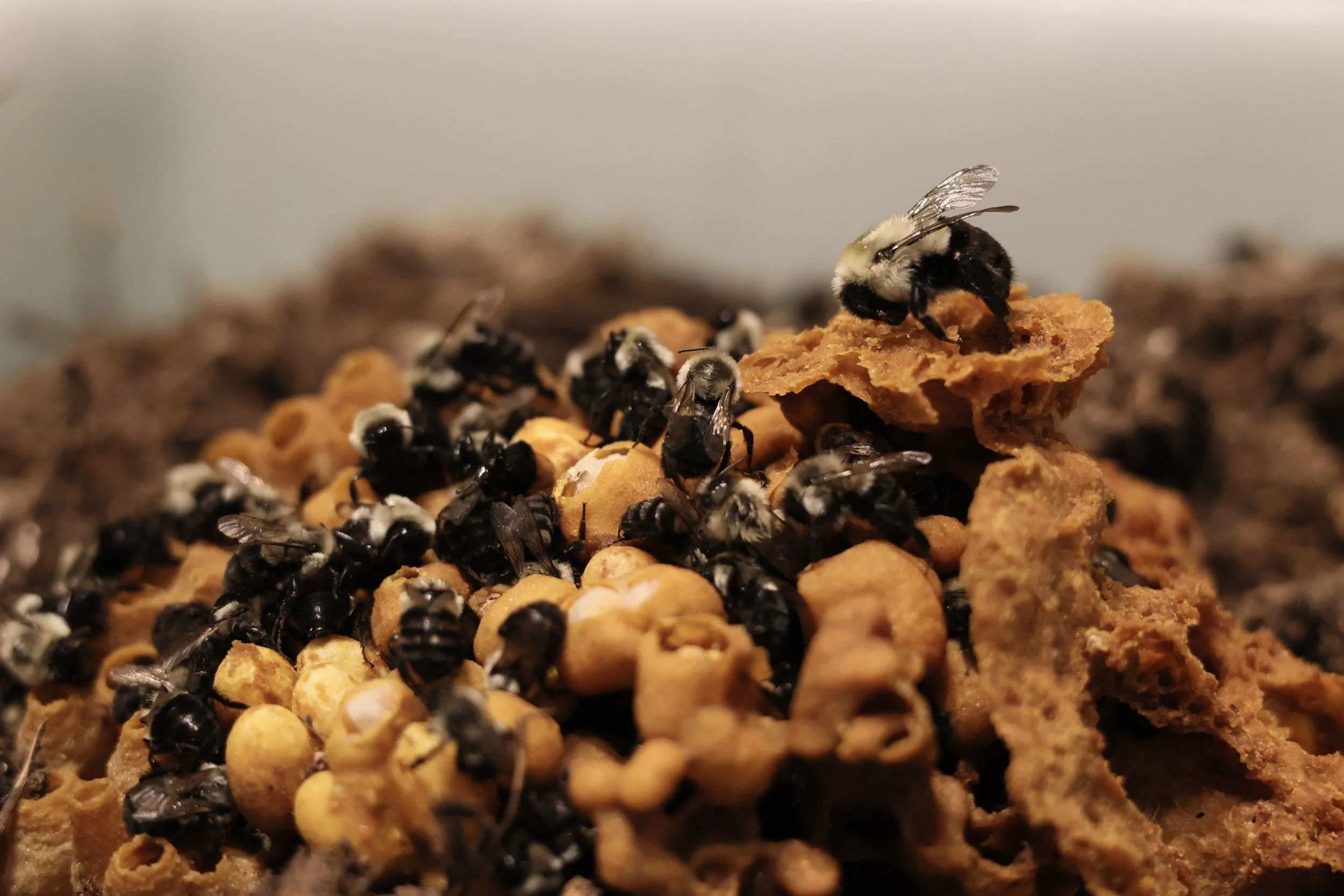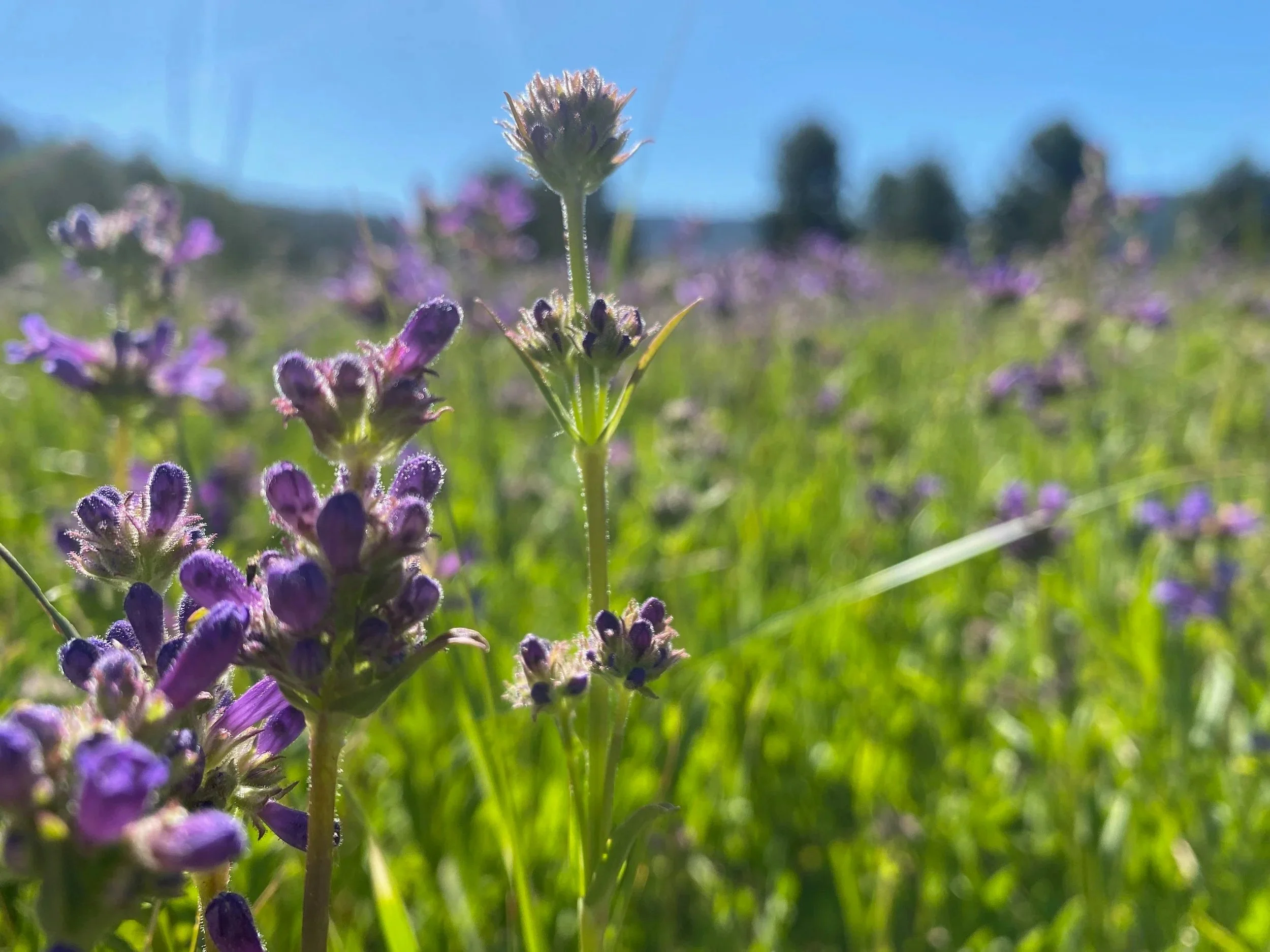The Bees
Cognitive mechanisms of evaluation in bumblebees
Bumblebees are a model system for studying foraging behavior and critical pollinators in native ecosystems. Each day, an individual bee can visit thousands of flowers of multiple species that vary in the quality of the nutritional rewards they offer. Incorrect foraging choices between flowers can be costly, and we would expect strong selection on optimal decision-making strategies. However, their foraging behavior has not been addressed from the perspective of economic rationality, nor considering the full ecological context. Our research addresses how bumblebees make decisions between different types of flowers that vary in both their signals and rewards.
Photo by Sheila Chan
Value perception in the context of plant-pollinator interactions
Plant-pollinator interactions are primarily mutualistic, with floral displays having co-evolved in response to the sensory and perceptual capabilities of their pollinators. Because pollinators directly affect plant fitness, understanding pollinator preferences can have important consequences for understanding how selection operates on floral reward strategies. Flowers have both complex signals (i.e., olfactory and visual cues) and rewards (i.e., a host of secondary compounds in nectar and pollen that can influence bee behavior). My work in the field seeks to address how pollinator preferences shape foraging decisions in natural systems, and how these in turn influence plant fitness.



